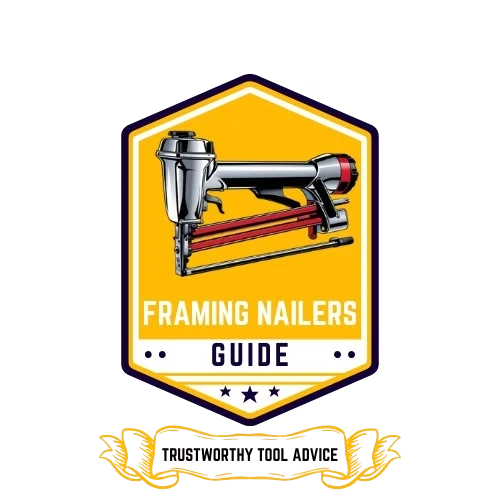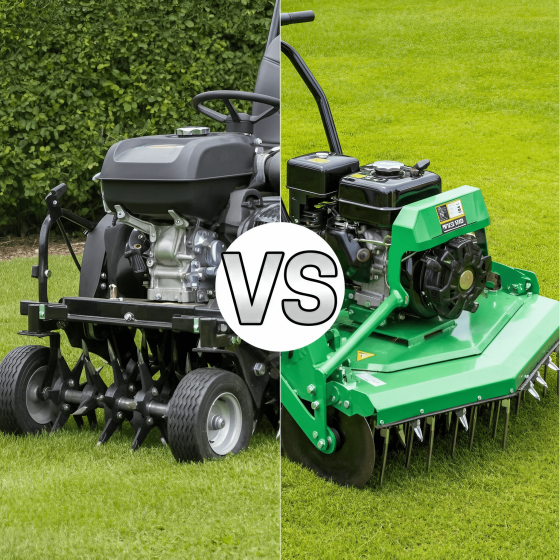
Table of Contents
Last Updated on December 17, 2024 by John Patterson
There’s more to keeping the lawn lush and healthy than regular watering and mowing. The aerator and verticutter are two very important machines to help the lawn breathe and make a difference.
But which one do you need? Knowing how an aerator differs from a verticutter will help you choose the right tool for the job on your lawn. This guide covers their roles, benefits and explore key powers so you can make an informed decision.
All About the Aerator and Verticutter
Aerators and verticutters are essential machines for either heavy-duty hobbyists or professionals.
Aerators punch tiny holes in the soil to allow air, water, and nutrients to reach grassroots. They improve drainage of the soil and reduce soil compaction, allowing the lawn to grow more vigorously.
Verticutting is specifically for dethatching: the machine will cut slightly into the top layer of the soil to eliminate debris on the lawn, such as dead grass or moss. They have better seed-to-soil contact, so they are great for overseeding projects.
Though these two machines have different functions, they are both equally valuable in building a lush, healthy lawn that stands the test of time.
What is an Aerator?
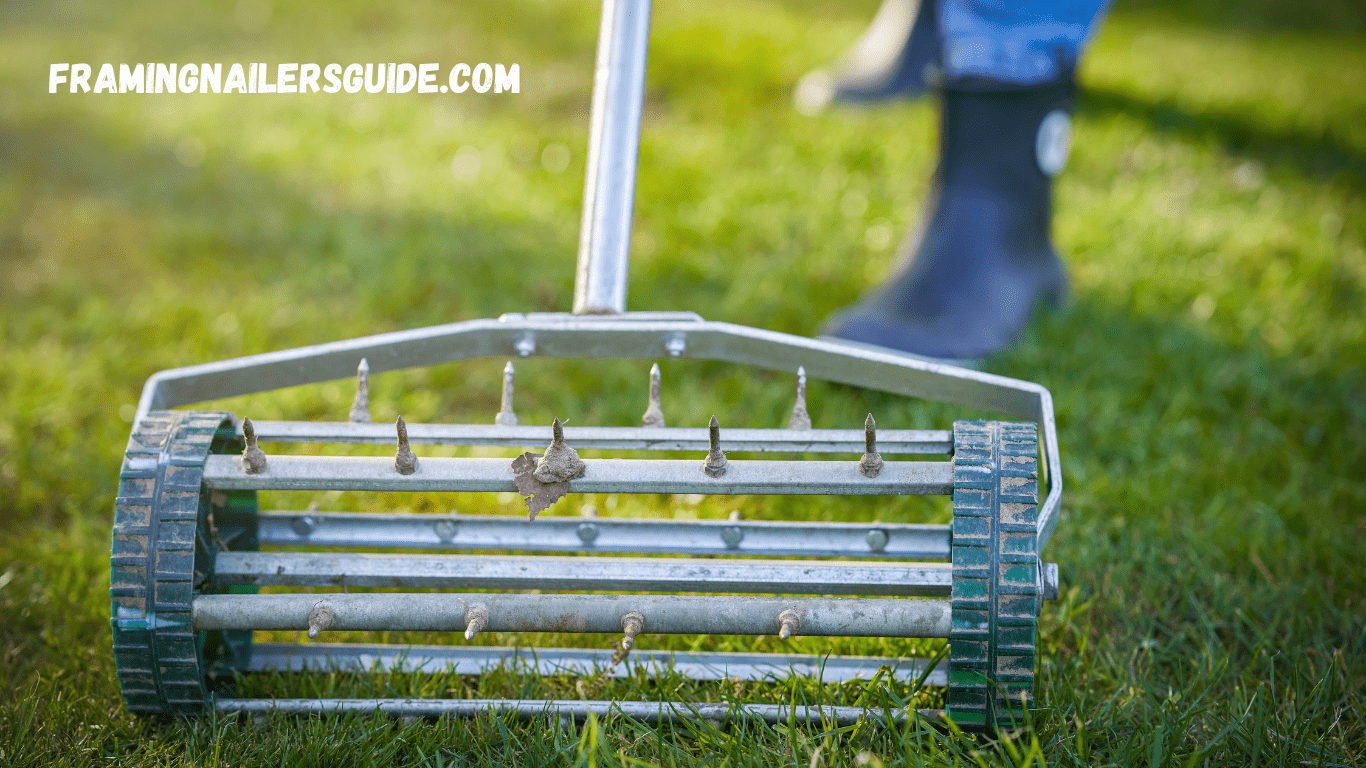
An aerator is a specialized lawn-care machine that pokes holes into the soil. Aeration is important for preventing soil compaction and enabling the ground to “breathe.” This makes it easier for nutrients, water and oxygen to get down to the grassroots, promoting healthier and stronger grass growth.
When to Use an Aerator?
Aeration works better during the growing season because the grass can heal and fill in the holes the machine makes. You can use an aerator when you see signs like compacted soil, bare spots or pooling water that doesn’ absorb quickly.
Aerator Best For:
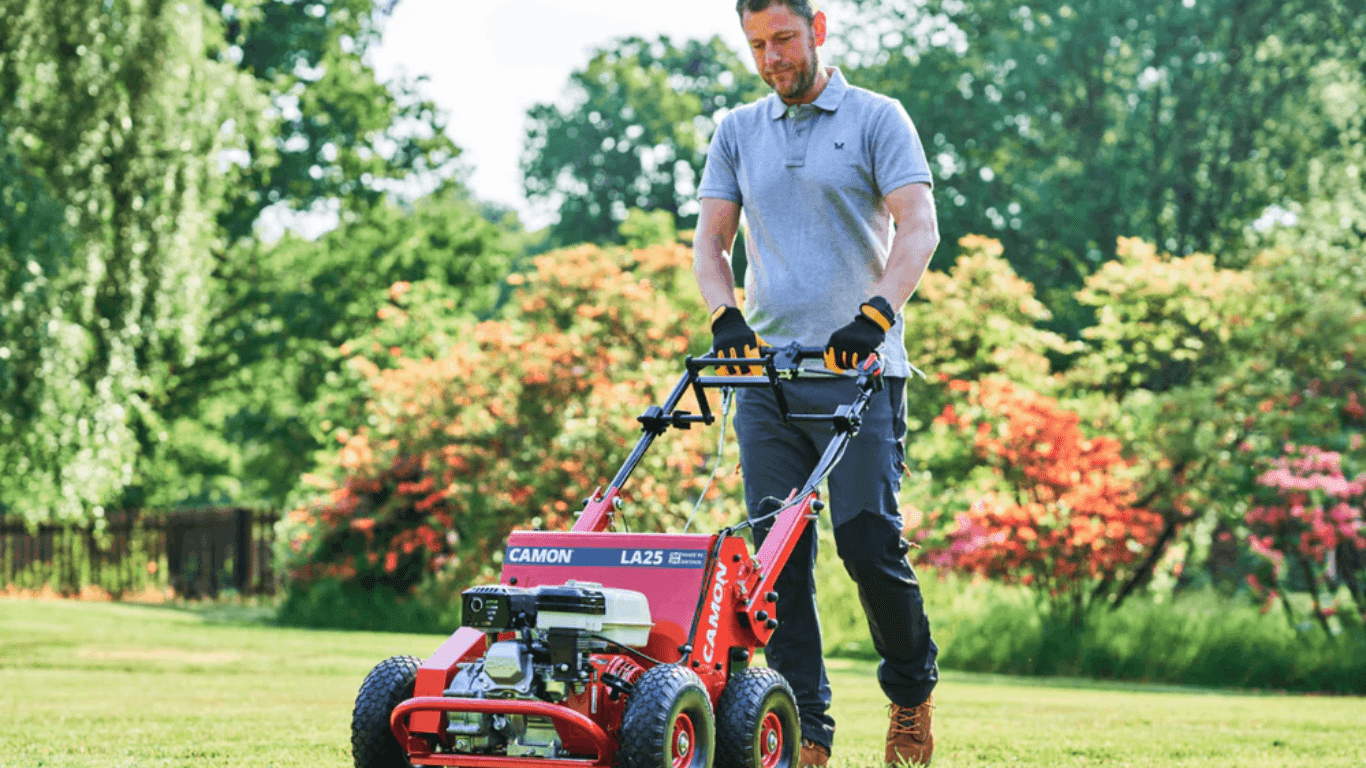
- Combatting Soil Compaction
- Enhancing the Absorption of Water and Nutrients
- Promoting Deeper Root Development
- Getting the Lawn Ready for Fertilization
Aerator Pros:
- Improves soil drainage and helps prevent waterlogging
- Encourages more grass growth through increased nutrient uptake
- Aids grassroots to dig in and strengthen
- Reduces thatch buildup
Aerator Cons:
- But it can temporarily leave the lawn uneven
- Need time to have the grass recover
- Not as helpful for combating thatch build-up.
What is a Verticutter?
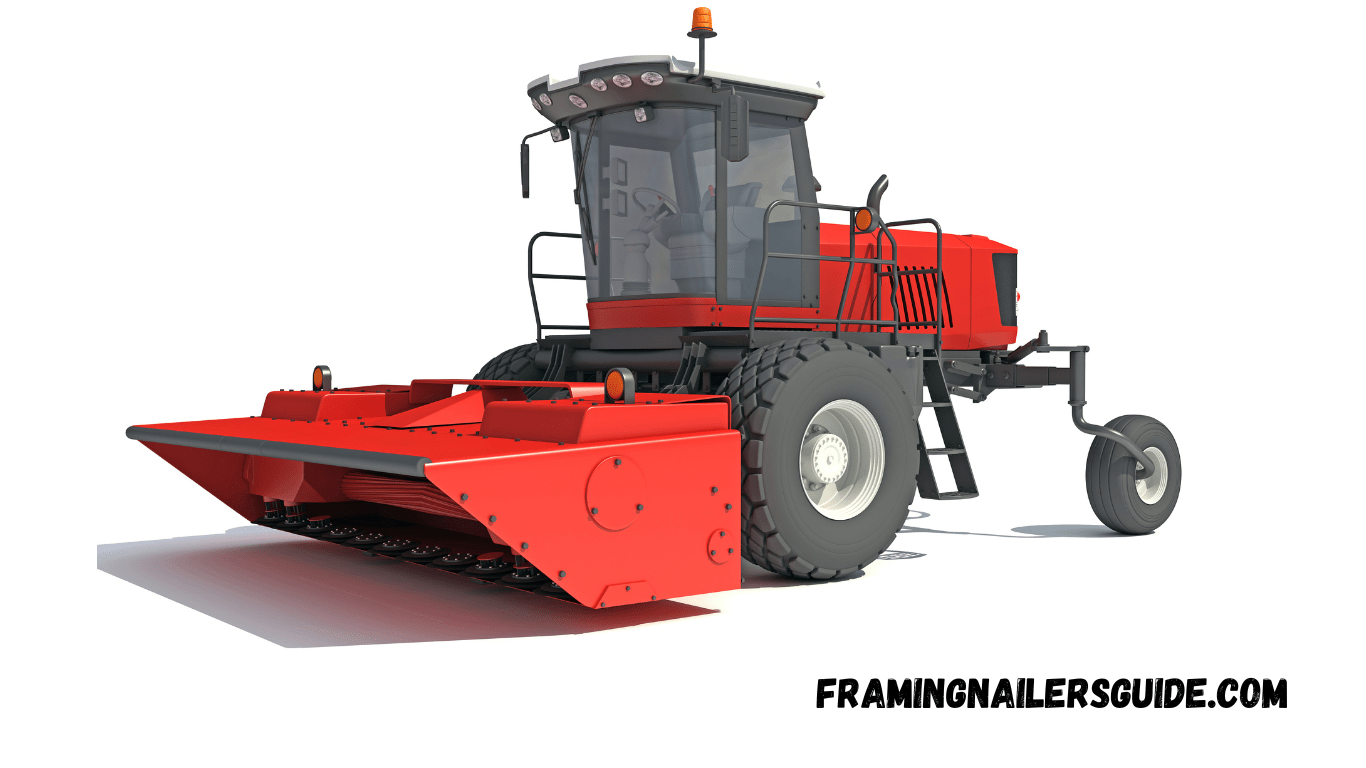
A verticutter (or dethatcher) is a purpose-built machine designed for thatch removal—an accumulation of old grass, roots, and debris in between soil and grass blades. It uses vertical blades to slice into the soil’s surface, extracting the debris and giving new grass seed a better connection with the soil.
When to Use a Verticutter?
Vertical Mowing: If you notice that thatch is getting excessive and is preventing air, water and nutrients to reach the soil, vertical mowing is a good option. It’s also a fantastic overseeding for the same reason those vertical cuts allow seed to settle directly into the soil.
Verticutter Best For:
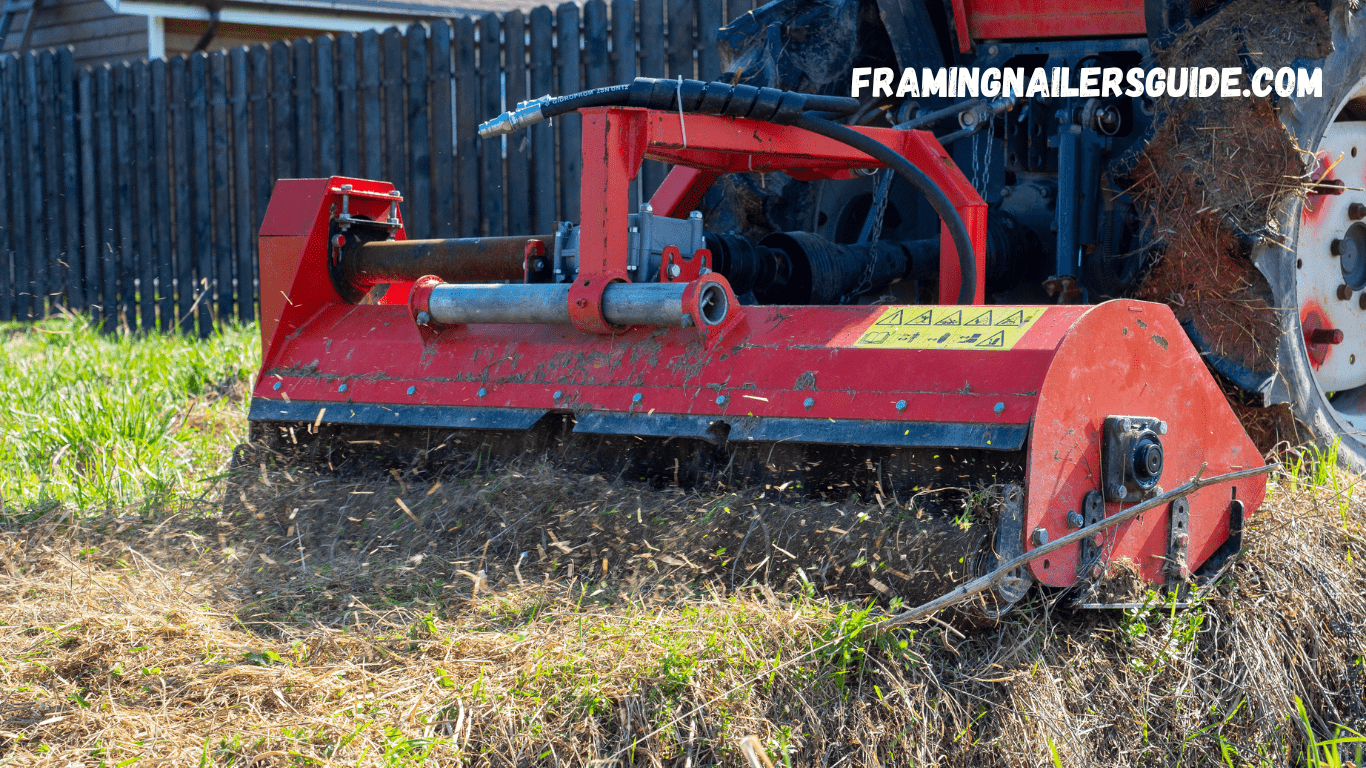
- Removing Thatch
- Enhancing Airflow and Water Infiltration
- Improving Overseeding Success Rates
- Prepping for New Grass Growth
Verticutter Pros:
- Removes the excess dead grass and moss build-up effectively
- Enhances contact between soil and grass seedlings
- Optimizes penetration of fertilizers, water, and air
- Promotes a denser, greener lawn
Verticutter Cons:
- May also leave debris that needs to be cleaned up after use
- May be too rough on heavily scalped grass
- Not as helpful on compacted soil as an aerator
Aerator vs Verticutter: Which Should I Use on My Lawn?
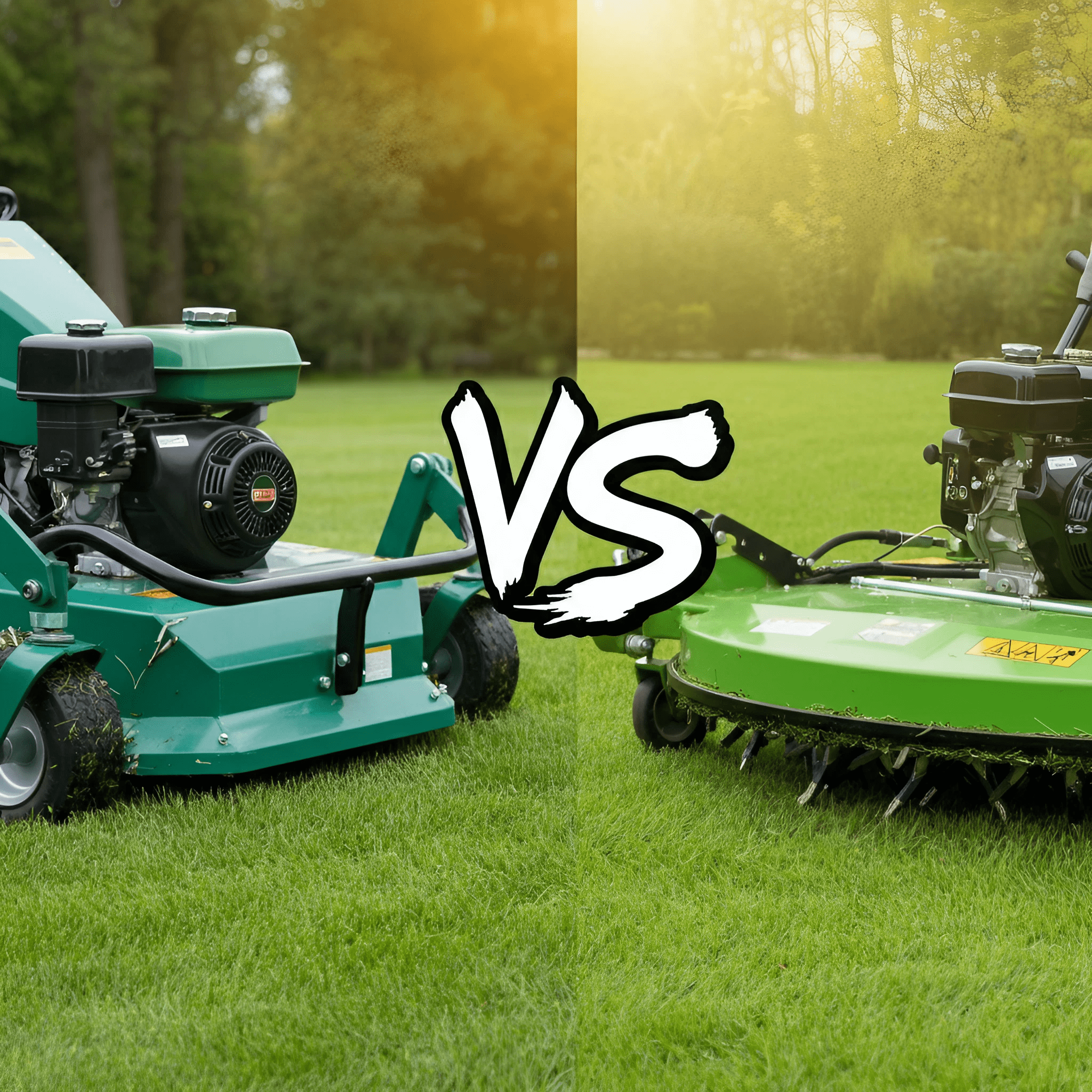
Pricing
Aerators are relatively inexpensive, with manual aerators starting as low as $30 and powered versions ranging between $150 and $300. Because verticutters are specialized, they usually start at $500, though professional-grade machines can run over $1,000.
Efficiency
Aerators work great for regular lawn maintenance and dealing with soil compaction (hard, dry soil), while verticutters are best for handling heavy thatch buildup and preparing lawns for overseeding. When used for their designed tasks, both machines are extremely efficient.
Best Value for Ownership
The best choice depends on your lawn’s requirements. If your lawn has compacted soil or drainage issues, an aerator will give you the best return on investment. However, if you have to deal with a lot of thatch, or you’re overseeding, then a verticutter would be better suited for the job.
Expert Tip for Better Results
Aerators and verticutters are available for rent at most garden centers and home improvement stores if you prefer not to buy one. Be sure to go over the instructions carefully, and don’t hesitate to seek a professional’s advice if you have questions based on the conditions of your lawn.
Aerator and Verticutter: What They Do and Why Your Lawn Needs Them
Aeration and verticutting are both integral to proper care of your lawn, but they have different intended use. We’ve laid out how the two tools compare across several factors below so you can find the one that’s right for you:
| Feature | Aerator | Verticutter |
|---|---|---|
| Usable in All Seasons? | Spring and fall only | Normally best spring, but summer possible |
| Ease of Use | Simple to operate, especially for manual aerators | Requires more skill or it could cause damage to turf |
| Cost | Cheaper (manual models are inexpensive) | More expensive because of the complexity of machinery |
| Frequency | 1-2 times per year | 1-3 times per year |
| Best Use Case | Soil-compacted, heavily foot-trafficked lawns | Lawns with fair thatch build up |
| Primary Mechanism | Creates holes in the soil | Added out to sod and takes away the rubbish |
| Purpose | Loosens soil to help with aeration, compaction relief | Excess thatch removed for healthier turf |
| Benefits | Promotes root development and nutrient uptake | Allows circulation of air, does not favor turf diseases |
Frequently Asked Questions
Is aeration necessary for lawn?
Yes, if your grass has compacted soil, poor drainage and/or bald spots, aeration is essential. It permits water, nutrients, and air to penetrate the grassroots, resulting in more robust growth.
What does a verticutter do?
A verticutter gets rid of thatch and cuts into the topmost layer of soil, which helps create better conditions for grass seeds to germinate and the overall health of the lawn.
How deep does aerator go?
Aerators usually perforate the soil at a depth of 2–3 inches, depending on the model and soil type.
Which is better aerator or spike aerator?
Spike aerators are not as effective as they merely poke holes into the soil, whilst core aerators remove plugs of soil, reducing soil compaction more efficiently. Spike aerators can compact soil more over time.
What size aerator do I need?
A manual or walk-behind aerator, which are ideal for smaller yards, will do the trick. For bigger lawns, a tow-behind aerator hitched to a lawn tractor is more effective.
Will aerator damage sprinkler heads?
Even so, many homeowners are concerned about whether an aerator can damage sprinkler heads.
Yes, an aerator can damage sprinkler heads if they are not marked beforehand. Flag all sprinkler heads in advance
Which type of aerator is best?
You need to use a core aerator that pulls plugs of soil from the ground, which is the best way to reduce compaction and improve soil health.
Which type of Verticutter is best?
The maximum verticutter for you perspective long as the most versatile models come with adjustable blades to have flexibility while changing the digging depth and aggressiveness of the cutting.
Find the Right Tool to Keep Your Lawn Thriving
Aerators and verticutters are both powerful tools, but when it comes to your specific lawn needs, one will likely provide more value than the other. An aerator is your best option if these are your only issues. For lawns that struggle with a thatch problem, or if you’re planning to overseed, a verticutter is the way to go.
Want to step up your lawn care game? Invest in one (or both) of these handy tools to keep your lawn healthy and lush Whether you’re in the winter or summer months, they can help you keep your yard looking good year-round.
